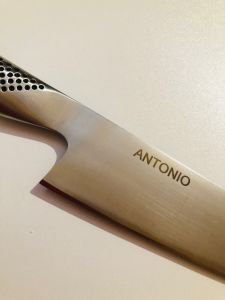Language
WORLDWIDE SHIPPING
KnivesChef: Case complete with 4 Japanese Knives MV-H Series by Masahiro
was
€1,109.00
Special Price
€969.00
€794.26
Availability:
In stock
This case complete with 4 Japanese Masahiro knives guarantees excellent cutting performance of Masahiro knives, an incredible edge cutting resistance, lightness and reliability of the knife.
Wusthof's free-opening case contains 4 Japanese Masahiro knives made of MBS-26 high carbon stainless steel.
MBS-26 steel is owned by Masahiro and has an ideal hardness for a kitchen knife.
MBS-26 stainless steel is treated with three stages of hardening, sub-zero treatment and tempering until the steel reaches a hardness of 58-60 HRC.
The edge of the MV-H knives is 70/30 asymmetrical.
70 percent of the edge is ground on the right side of the blade and 30 percent is ground on the left side.
This asymmetrical edge comes from traditional Japanese knives.
The handle is a resin resistant to heat and humidity.
The handle is also resistant to bacteria which keeps the knife very hygienic in daily use.
The handle has three rivets and a solid tang.
Masahiro knives are incredibly light, yet perfectly balanced.
In the case you will find:
n. 1 Boning knife blade length cm. 16
n. 1 Santoku knife with alveolus blade length cm. 18
n. 1 Chef knife with alveolus blade length cm. 21
n. 1 Chef knife blade length cm. 24
Wushtof's soft suitcase-style chef's briefcase is made from ultra-strong Wusthof fabric.
Book opening.
Two separate compartments can hold up to 20 knives and accessories, each with zip closure.
Combination lock included for added security.
Equipped with handle and shoulder strap.
Black color.
Dimensions: 480 x 250 x 60 mm.
FAQs

 IT
IT FR
FR
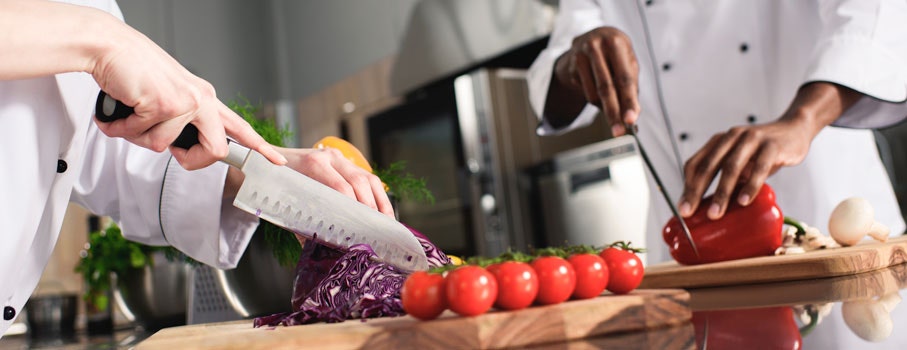
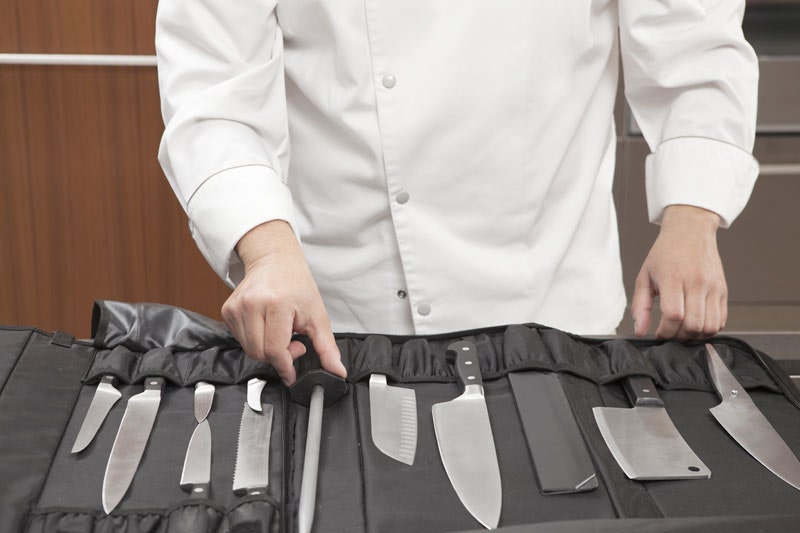
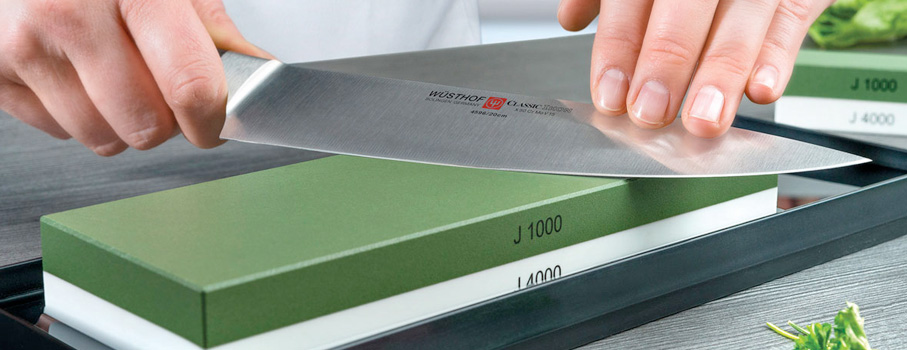
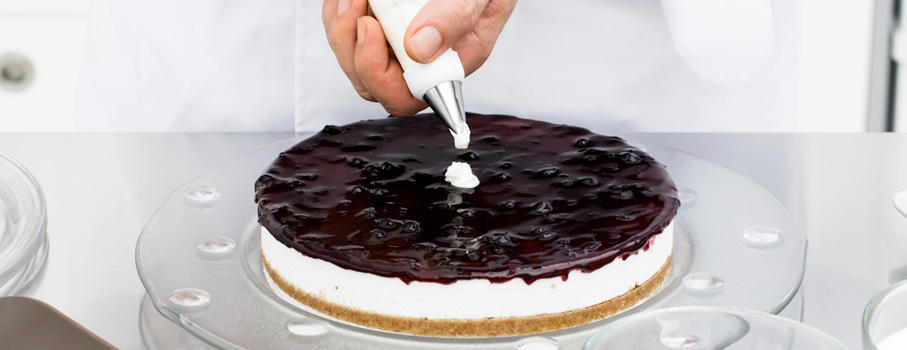

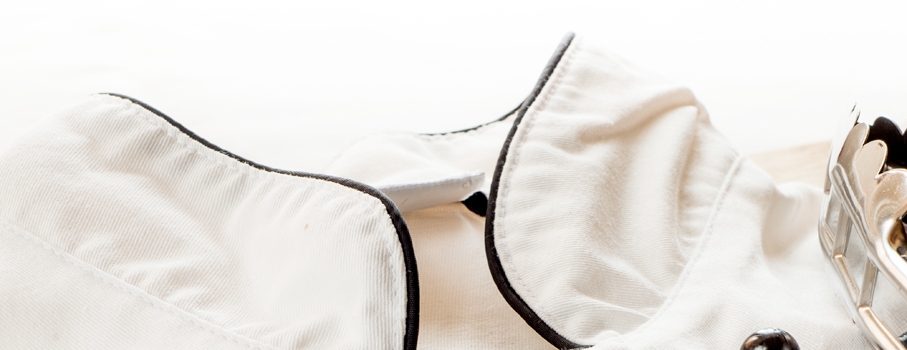
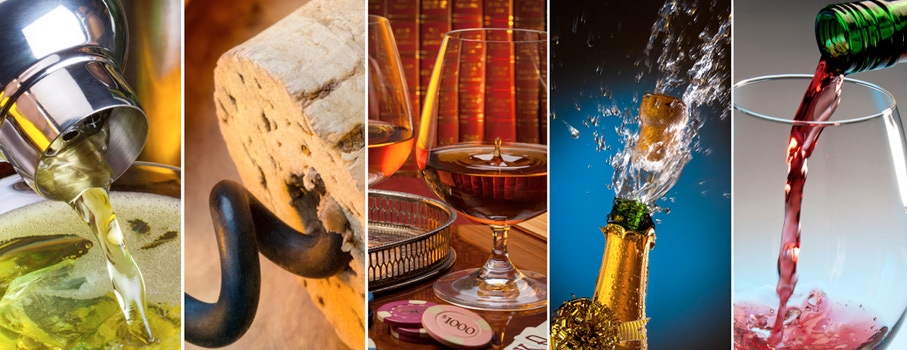
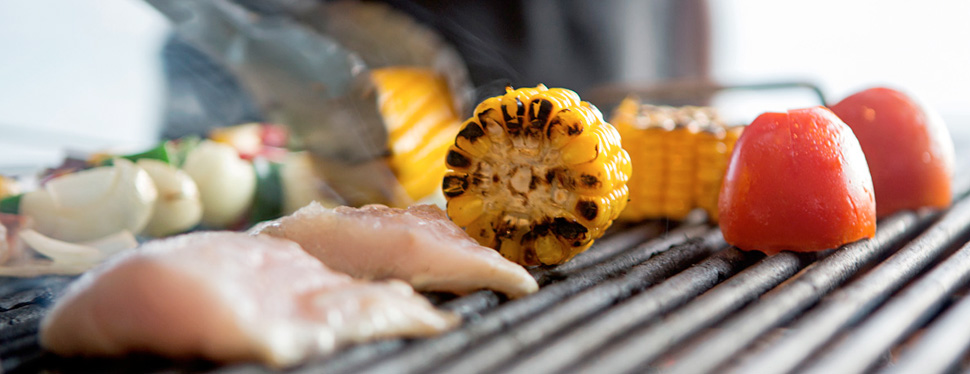

 IT
IT FR
FR
